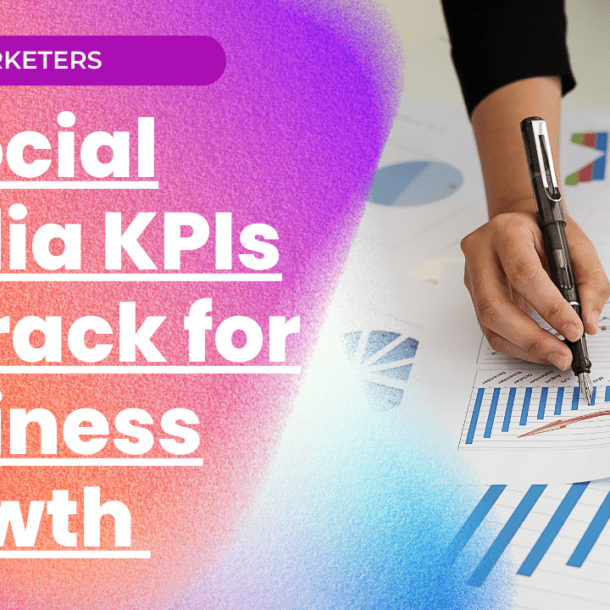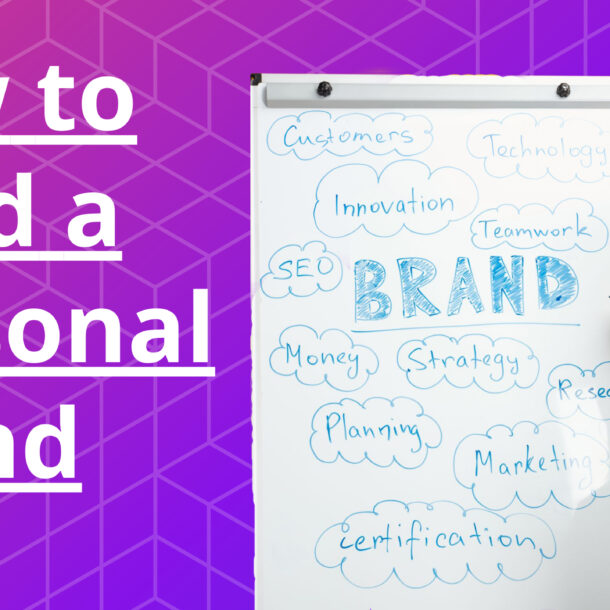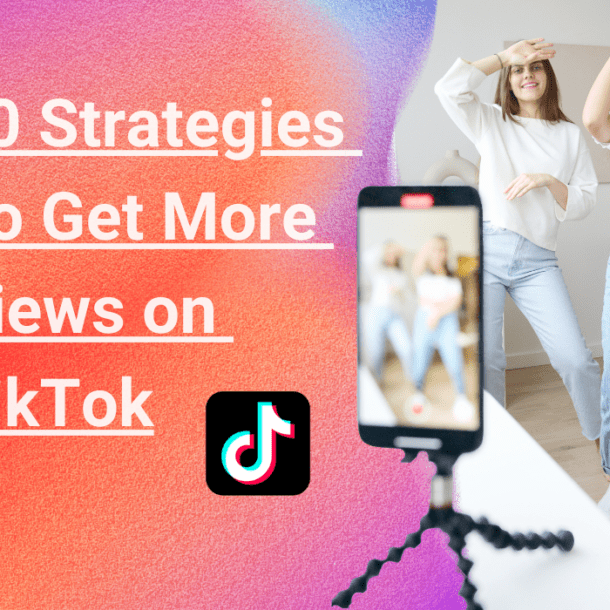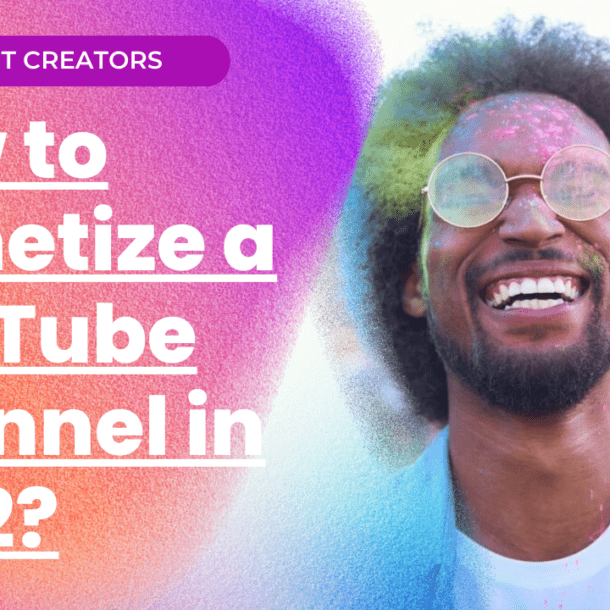
Getting Started with Brand Deals in 2022
Jeffrey
3 August 2022Brand deals—sponsored content created by social media influencers—are becoming an increasingly effective way for brands to market their products and for creators to monetize their influential voices.
Brand deals are such an important part of creator monetization that 77% of Creators depend on brand deals, that is 3 times as many as every other revenue source combined according to Influencer Marketing Hub 😱
For brands, Influencer Marketing is BIG! Marketing budgets are increasingly focused on deals with influencers, given their high returns on investment vs. more traditional marketing techniques. So much that more that 17% of marketers dedicated more than 50% of their marketing budget to influencer marketing in 2019(2), on a definitely steep trend 📈
If you’re new to influencer marketing, don’t worry, you’re in good company! Let’s dive right into what you need to know about brand deals here 👇
What Is Influencer Marketing?
Influencer marketing is a form of marketing that involves the promotion of products, companies, or services by using influencers instead of traditional media (i.e. newspapers📰, television📺, magazines, and radio📻) or advertising (digital, social media🤳). The influencer typically makes brand mentions and endorsements to help improve brand recognition. In return, the brand compensates them with cash or with free products.
Why are influencers interesting to brands? Influencers have a huge impact on their audiences. They are trusted, they create a sense of community, and they can be great at building relationships with their followers.
The relationship between an influencer and their audience is unique — it’s not like the relationship between a celebrity and their fans. Some influencers even call their followers “friends” or “family.”
Brands that partner with influencers understand that this kind of relationship can create deeper customer engagement than traditional advertising alone ever could. In fact, research shows that 92% of consumers trust peer recommendations over all other forms of advertising — including word-of-mouth referrals from friends and family! That’s why so many brands are using influencer marketing strategies to reach new audiences, drive traffic to their websites, and boost sales conversions.
The Different Types of Brand Deals
I. Sponsored Content
Sponsored content is a very popular form of influencer marketing, in which brands reach out to influencers to ask if they’re willing to promote a product or service. Influencers can also reach out directly with their proposals to brands 🤝
Generally, brands will describe to the influencer what type of content they are looking for, such as a photo, video, or blog post. They might provide some guidelines about the types of things the influencer should include in their posts.
Keep in mind the importance of authenticity. Letting the influencer have full creative freedom will help you connect better with their community, as they need to recognize the influencer’s personality and style! 👌
II. Gifts
Another option of influencer marketing is when brands send products to an influencer in exchange of a review or simply hoping that they will like the product enough to share it with their community.
For better campaign results, it is common practice to complete the reviews with a product link or a coupon code which can be used by the influencers to promote the product.
III. Brand Ambassador Program
When an influencer is working with a brand on a campaign, this is mostly a one-off situation. In the case of brand ambassadors, the collaboration is bound to last way longer. Brand ambassadors would regularly post content on social media to promote the product and use diverse means such as pictures, videos, articles etc.
As this is a more demanding and extended partnership for both parties, it is essential for the influencer to match the values of the brand in order to ensure the collaboration will be able to work in the long run. The influencer becomes the face of the brand for the community that follows them, such a big impact needs to be thoroughly assessed.
IV. Giveaway contests
Giveaway contests are highly popular and can be quite effective. The influencer outlines the terms of the contest on their social media, resulting in giveaways for the winners 🎁
Most of the time, conditions of the giveaway include simple requests to the audience such as following the brand, like the post, comment the post, tag friends, answer some questions etc.
Taking it to the next level, video contests can make brands go viral. For example, Crocs has launched a competition on TikTok where Crocs asked its fans to share what they thought their $1,000 Crocs would look like “by customizing, enhancing, or just embodying the Come As You Are mentality and letting the world know I’m gonna be whatever I want.”
The campaign offered the winner a pair of $1000 Crocs, and generated more than 3B views through videos with #ThousandDollarCrocs.
@brittany_broski y’all can stay mad. Me n Posty stay dressin 😎 #ThousandDollarCrocs @crocs #sponsored ♬ original sound – Brittany
V. Social media takeover
This is quite bold, to say the least! Social media takeover is when an influencer temporarily manages a brand’s social media page. Most takeovers last a day, they can exceptionally extend to a week for special occasions.
Social media takeover is a great way to surprise a brand’s audience with some refreshing content. It brings new angles that will humanize the brand and develop a better connection with followers. And of course, cross promotion will attract additional followers to the page!
VI. Affiliate marketing
Affiliate marketing is widely used nowadays as it is a simple and effective way to get additional sales. Affiliate marketing programs can be more or less selective, some programs are even open to all those who wish to promote the brand’s product without any selection process.
The way it works is quite trivial, the affiliate partner gets their unique link to the brand’s website. Any sale that goes through using this link will generate a commission for the affiliate partner. Influencers are then free to promote the product and have a great incentive to do so as they get a share of the sale.
Money, money, money
So what are typical influencer prices you will ask? To be fair, there are as many prices out there as there are influencers. One of the first criteria to help set the price is the size, here is a common classification:

Setting prices will depend on many other factors, but put simply, the more engaged, easily identifiable your community is, the more value it has for brands which can expect a higher conversion rate if a larger part of the audience is relevant to them. Pricing will also depend on the industry you’re working with and competition on your niche.
Below are some guidelines based on a benchmark made by InfluencerMarketingHub that can be useful to refer to:
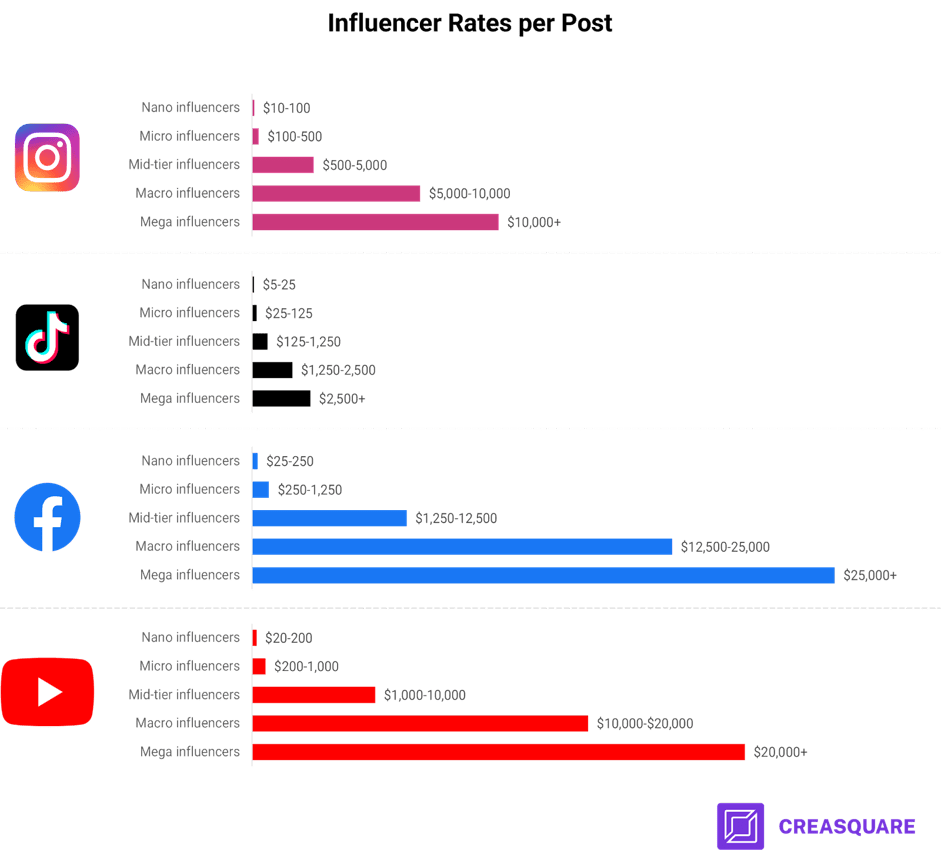
Each negotiation is unique, once you know your strengths and have a track record, it will become easier and easier with time!
(1) Source: InfluencerMarketingHub.com
(2) Source: BigCommerce.com

